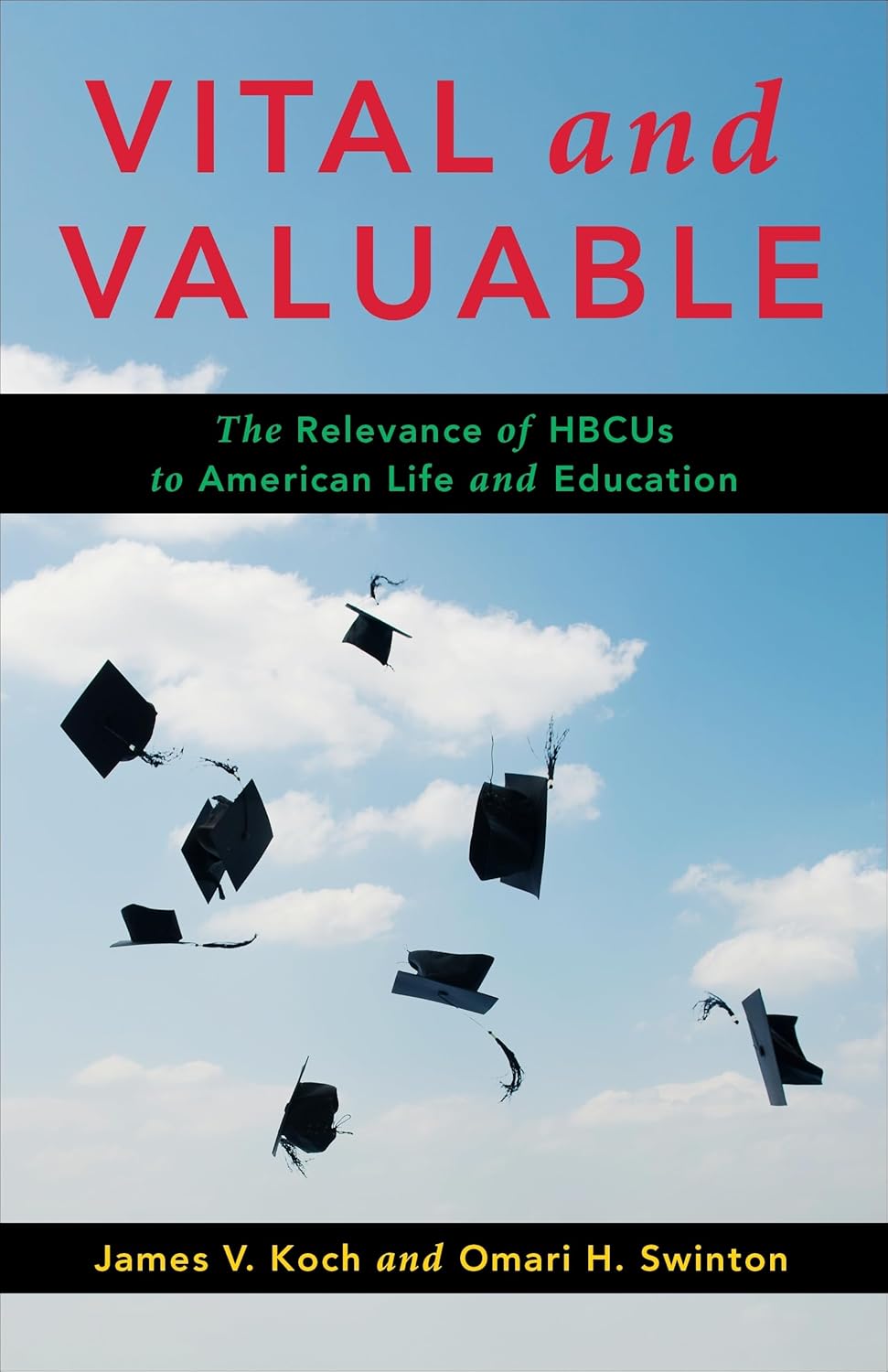Vital and Valuable: The Relevance of HBCUs to American Life and Education
Overview
Historically Black colleges and universities (HBCUs) are a crucial element of higher education in the United States. As of 2021, there were more than 100 HBCUs, with a total enrollment of approximately 300,000 students. Many of the most famed figures in African American history attended HBCUs, and the alumni of these institutions have a strong track record of upward mobility and professional attainment. However, the value and contributions of HBCUs are too often overlooked and underappreciated.
In Vital and Valuable, two distinguished economists provide a groundbreaking analysis of HBCUs. James V. Koch and Omari H. Swinton give a balanced assessment of the performance of HBCUs, examining metrics such as admissions and enrollment trends, graduation and retention rates, administrative expenses, spending on intercollegiate athletics, and student debt. They emphasize the distinctive features that make HBCUs what they are, considering whom they serve and how, while contextualizing these institutions within the landscape of American higher education.
Based on this analysis, Koch and Swinton offer actionable policy recommendations that can help HBCUs build on their successes and address their weaknesses. They stress that empirical data on educational outcomes is essential to effective leadership of individual institutions as well as policy decisions that affect HBCUs. Vital and Valuable is essential reading for policy makers and experts in the field of higher education as well as a broader public interested in understanding the contributions of HBCUs.
About the Authors
James V. Koch is Board of Visitors Professor of Economics Emeritus and president emeritus at Old Dominion University. His recent books include Runaway College Costs: How College Governing Boards Fail to Protect Their Students (2020) and The Impoverishment of the American College Student (2019).
Omari H. Swinton is chair, director of graduate studies, and professor in the Department of Economics at Howard University. He is a past president of the National Economics Association.

